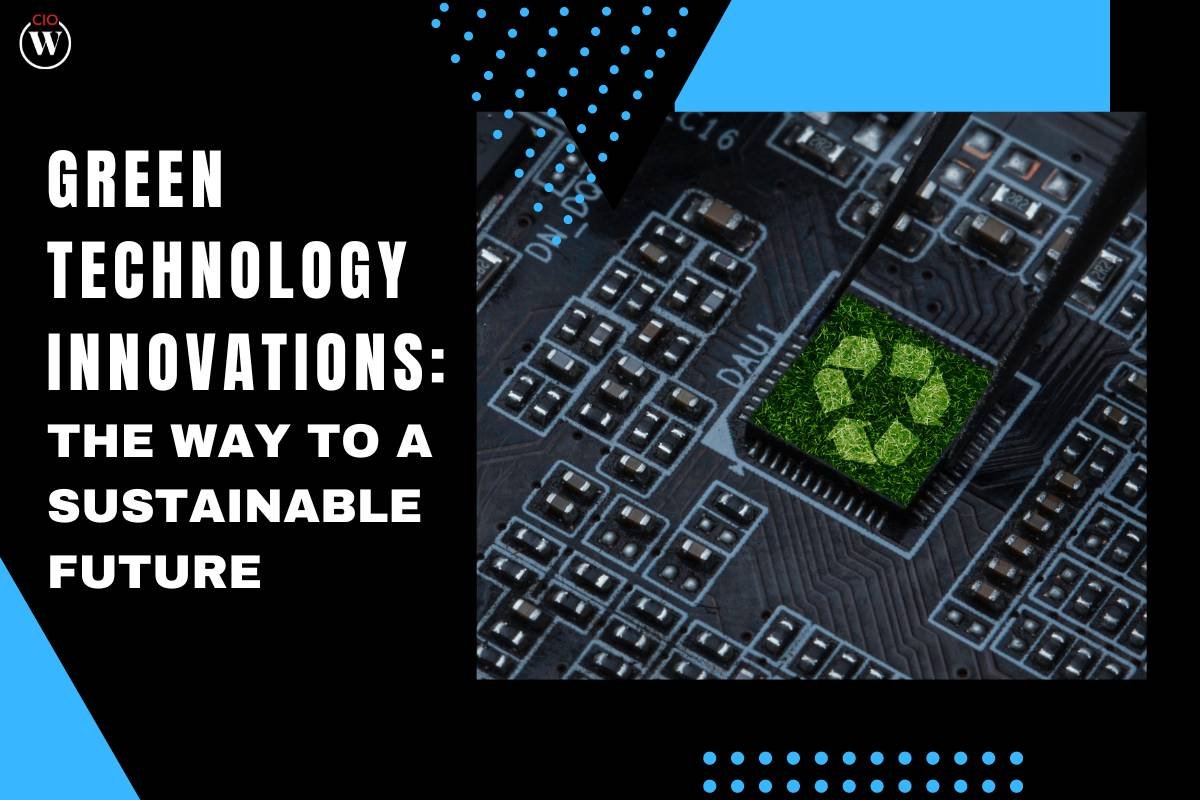We all know that going green is the future, and as environmental challenges become an increasing issue, green technology innovations continue to emerge. These advancements have been innovative, exciting and have assisted in reducing our carbon footprint. And for the business world that has adapted to these innovations they have grown economically and financially. From renewable energy solutions to energy-efficient manufacturing processes, the landscape of green technology is dynamic and quite fast-growing as well. In this blog, we discuss some of the latest green technology innovations and their applications in both commercial and residential settings.
Here are some green technology innovations:
1. Renewable energy solutions
Renewable energy is at the forefront of green technology. Solar, wind, and hydroelectric power are transforming the energy sector, offering cleaner alternatives to fossil fuels. When you consider the effect of solar panels, for instance, they are becoming increasingly affordable and efficient, making them a viable option for both commercial and residential use- something that helps shed costs in the long run as well. If you want to significantly reduce your carbon emissions in your business, it is worth investing in large-scale solar installations. As a homeowner, you can benefit from residential solar panels that not only lower utility bills but contribute to a greener environment.
2. Energy-efficient manufacturing

Many manufacturing processes are notorious for their high energy consumption and waste generation. However, recent green technology innovations are changing this narrative for these industries. When you look at advanced manufacturing techniques, such as additive manufacturing (3D printing), which is directly reducing material waste and energy usage. By building products layer by layer, 3D printing minimizes the need for excess materials and allows for more precise energy consumption.
3. Sustainable materials
Another trend emerging is the use of sustainable materials and innovations in this space have led to the development of the most creative ways to use and reuse materials. A great example is bioplastics made from plant-based materials that are replacing petroleum-based plastics, reducing reliance on fossil fuels and decreasing plastic pollution which has become an epidemic for our oceans alone.

In the construction industry, we see innovations like using sustainable materials like bamboo and reclaimed wood. These materials are not only renewable but also require less energy to produce and transport compared to traditional building materials which can also become a massive waste issue.
4. Evaporative coolers in residential & commercial buildings
Cooling systems account for massive amounts of energy consumption in buildings, and in the USA alone it estimated roughly 19% of energy usage over recent years. Evaporative coolers are a significant advancement in energy-efficient cooling technology and unlike traditional air conditioners that use refrigerants, evaporative coolers use the natural process of water evaporation to cool the air.

This helps to not only become more energy-efficient but also helps the environment as it does not rely on harmful chemicals to get the job done. They can reduce indoor temperatures significantly while using up to 75% less energy than conventional air conditioning systems- this is breakthrough stuff for the eco-friendly sector. This translates to lower energy bills and a reduced carbon footprint, making evaporative coolers an attractive option for businesses and homeowners committed to sustainability, if you are looking for high-quality systems it’s worth checking out https://affordacool.com/.
Conclusion
Green technology innovations is creating a safer future and a more sustainable future for many homes and businesses. And as we continue to embrace and innovate with these technologies, we’re getting closer to balancing economic growth with environmental care. It’s a positive step forward for everyone!








